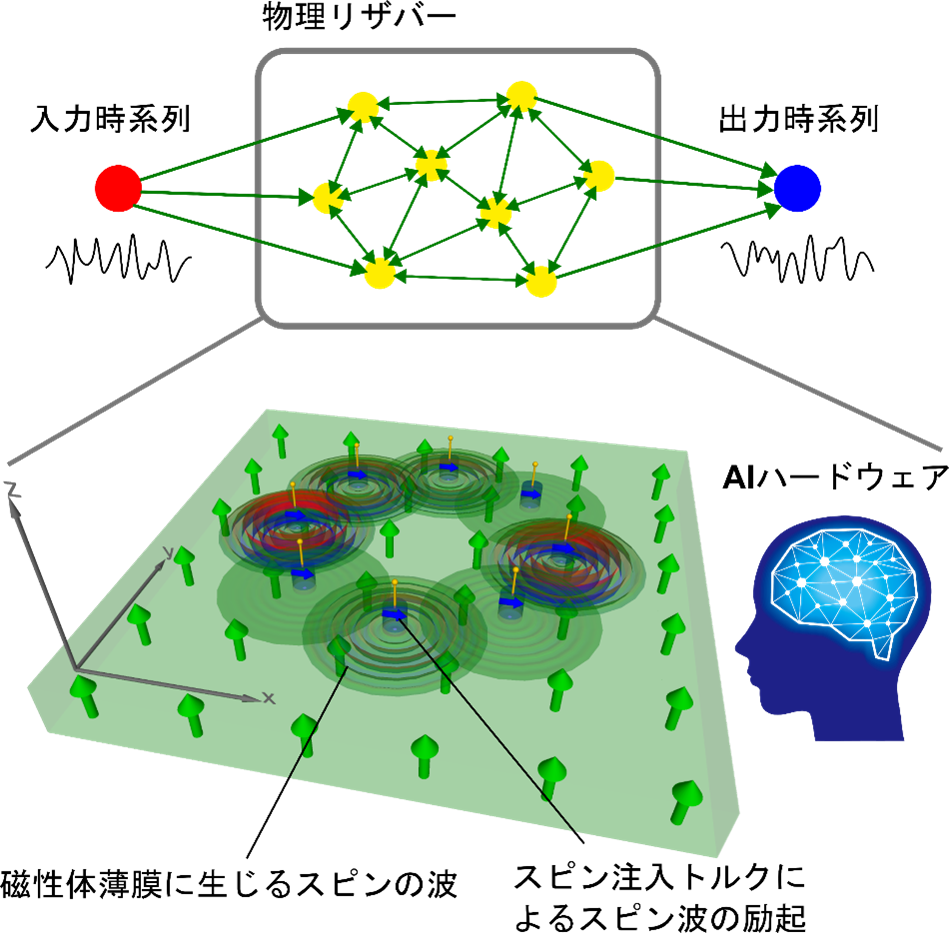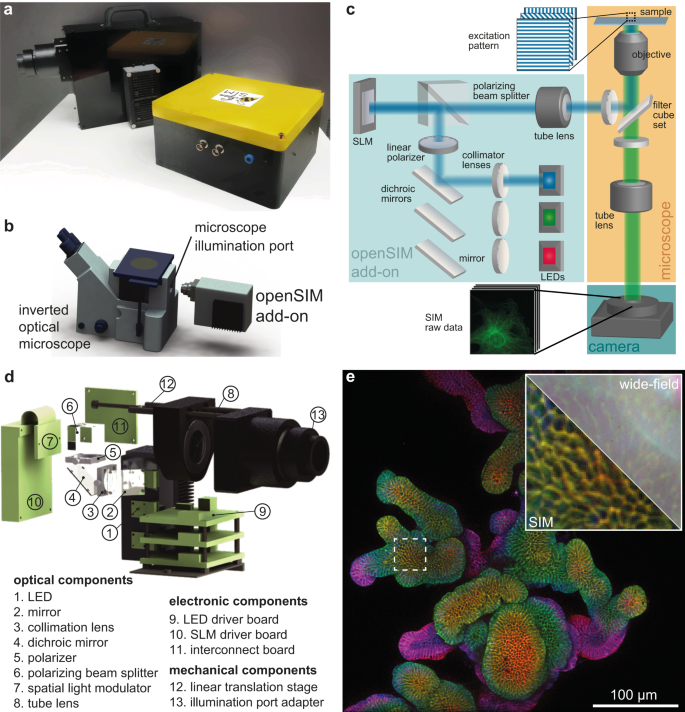2024-03-04 オーストラリア連邦研究会議(ARC)
<関連情報>
- https://excitonscience.com/news/spontaneous-curvature-key-shape-shifting-nanomaterials
- https://www.pnas.org/doi/abs/10.1073/pnas.2316299121
リガンドが誘起する非相溶性の曲率が、超薄型ナノプレートの多形性とキラリティを制御する Ligand-induced incompatible curvatures control ultrathin nanoplatelet polymorphism and chirality
Debora Monego, Sarit Dutta, Doron Grossman, +6, and Benjamin Abécassis
Proceedings of the National Academy of Sciences Published:February 21, 2024
DOI:https://doi.org/10.1073/pnas.2316299121

Significance
Applying forces at the surface of thin objects enables the emergence of various chiral three-dimensional shapes such as helices, twists, and rolls. At the nanoscale, ultrathin nanoplatelets (NPL) are extended sheet-like crystalline particles coated with a layer of organic ligands that display such polymorphism, but the physical reasons behind such shape-selectivity are poorly understood. We show that the ligands impose surface stresses that differ between the top and bottom surfaces, eventually forcing the NPL to its deformed shape. We further identify a key parameter, the spontaneous curvature, that encapsulates all the molecular-level details of the ligand-crystal interaction and determines the shape of ligand-coated NPLs based on a small number of global physical quantities such as size, thickness, and lattice orientation.
Abstract
The ability of thin materials to shape-shift is a common occurrence that leads to dynamic pattern formation and function in natural and man-made structures. However, harnessing this concept to rationally design inorganic structures at the nanoscale has remained far from reach due to a lack of fundamental understanding of the essential physical components. Here, we show that the interaction between organic ligands and the nanocrystal surface is responsible for the full range of chiral shapes seen in colloidal nanoplatelets. The adsorption of ligands results in incompatible curvatures on the top and bottom surfaces of the NPL, causing them to deform into helicoïds, helical ribbons, or tubes depending on the lateral dimensions and crystallographic orientation of the NPL. We demonstrate that nanoplatelets belong to the broad class of geometrically frustrated assemblies and exhibit one of their hallmark features: a transition between helicoïds and helical ribbons at a critical width. The effective curvatureK¯ is the single aggregate parameter that encodes the details of the ligand/surface interaction, determining the nanoplatelets’ geometry for a given width and crystallographic orientation. The conceptual framework described here will aid the rational design of dynamic, chiral nanostructures with high fundamental and practical relevance.




